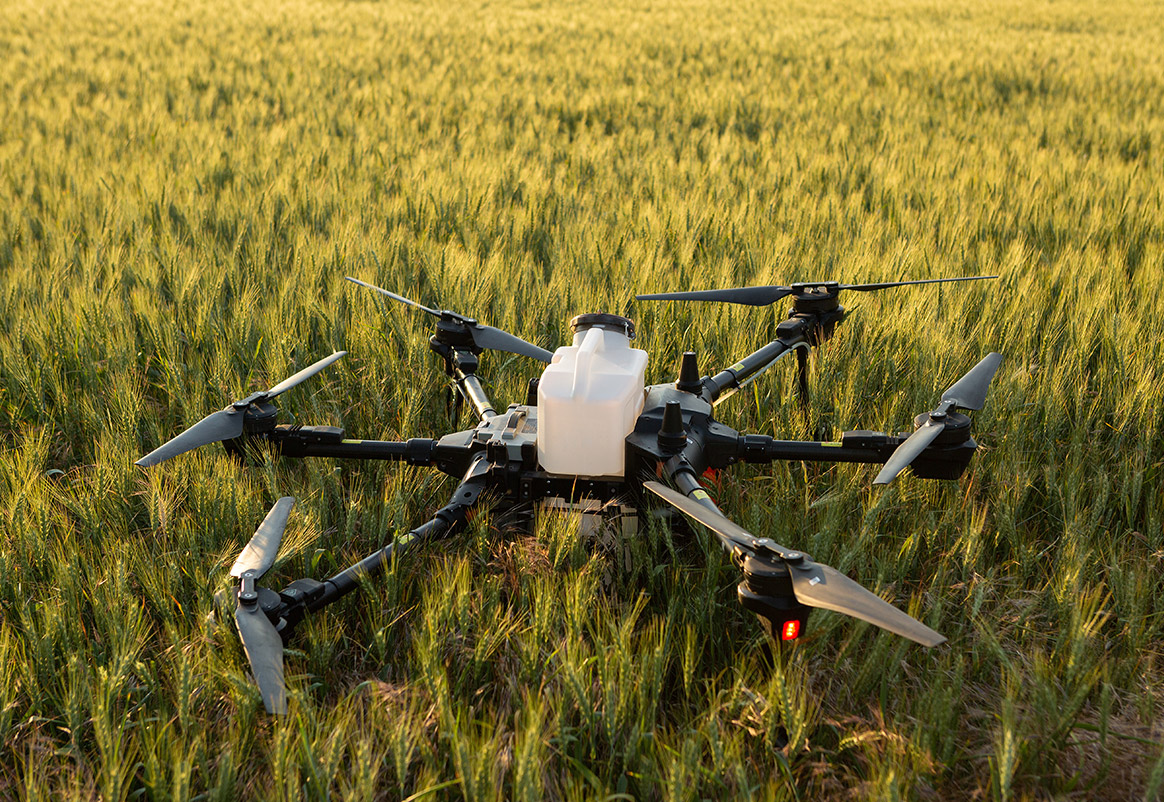In the rapidly evolving landscape of global agriculture, digitalization has emerged as a powerful force driving efficiency, sustainability, and innovation. From precision farming to blockchain for traceability, digital technologies are revolutionizing the way food is grown, processed, and delivered. This article explores how digitalization is transforming agriculture, the key technologies involved, and the benefits they bring to farmers, consumers, and the environment.
What is Digitalization in Agriculture?
Digitalization in agriculture refers to the integration of digital technologies into farming practices and the broader agricultural value chain. This includes the use of data-driven tools, automation, artificial intelligence (AI), Internet of Things (IoT) devices, and digital platforms to enhance decision-making, increase productivity, and improve sustainability. By harnessing these technologies, farmers can optimize their operations, reduce waste, and respond more effectively to the challenges posed by climate change, resource scarcity, and market fluctuations.
Key Digital Technologies Transforming Agriculture
- Precision Agriculture: Precision agriculture uses GPS technology, IoT sensors, and data analytics to monitor and manage field variability in crops. This approach allows farmers to apply inputs like water, fertilizers, and pesticides more precisely, leading to better yields and reduced environmental impact.
- Drones and Satellite Imagery: Drones and satellites are used to capture high-resolution images of crops, which are then analyzed to assess crop health, identify pest infestations, and monitor field conditions. This real-time data helps farmers make informed decisions about irrigation, pest control, and harvesting.
- Blockchain for Traceability: Blockchain technology is being increasingly adopted to ensure the traceability of agricultural products from farm to fork. By creating a secure, tamper-proof record of every transaction, blockchain helps build consumer trust, ensures compliance with food safety regulations, and reduces the risk of fraud.
- Artificial Intelligence and Machine Learning: AI and machine learning algorithms are used to analyze vast amounts of agricultural data, predict crop yields, optimize planting schedules, and even identify early signs of disease or stress in plants. These technologies enable farmers to make smarter, data-driven decisions that enhance productivity and sustainability.
- Automation and Robotics: Automation in agriculture includes the use of robots for tasks such as planting, weeding, and harvesting. These technologies can significantly reduce labor costs and increase efficiency, especially in large-scale farming operations.
- Digital Marketplaces and Platforms: Digital platforms connect farmers directly with buyers, reducing the need for intermediaries and allowing producers to get better prices for their goods. These platforms also provide access to real-time market information, enabling farmers to make better selling decisions.
Benefits of Digitalization in Agriculture
- Increased Productivity: By using precision farming techniques and data-driven insights, farmers can optimize input use, leading to higher crop yields and more efficient use of resources. This increase in productivity is essential to meet the growing global demand for food.
- Enhanced Sustainability: Digital tools help reduce the environmental impact of farming by minimizing the use of water, fertilizers, and pesticides. Precision agriculture, for instance, ensures that inputs are used only where and when they are needed, reducing waste and protecting natural ecosystems.
- Improved Traceability and Food Safety: Blockchain and other traceability technologies enable complete transparency across the supply chain. This not only builds consumer trust but also helps in quickly identifying and addressing any food safety issues that may arise.
- Cost Savings: Automation and digital tools can lead to significant cost savings by reducing the need for manual labor, optimizing resource use, and decreasing input costs. For example, automated irrigation systems can save water and reduce energy costs.
- Better Risk Management: By leveraging predictive analytics and real-time data, farmers can better manage risks associated with weather, pests, and market fluctuations. This enables them to take proactive measures to protect their crops and secure their income.
- Empowerment of Smallholder Farmers: Digital platforms and mobile apps provide smallholder farmers with access to market information, financial services, and agricultural advice, which were previously out of reach. This empowers them to improve their farming practices, increase their incomes, and compete in global markets.
Challenges of Digitalization in Agriculture
While the benefits of digitalization in agriculture are significant, there are also challenges that need to be addressed:
- High Initial Costs: The adoption of digital technologies often requires substantial upfront investment in equipment, software, and training. This can be a barrier for smallholder farmers and those in developing regions.
- Data Privacy and Security: With the increasing use of digital tools comes the risk of data breaches and misuse of sensitive information. Ensuring robust cybersecurity measures and data privacy protections is essential to building trust in these technologies.
- Digital Divide: Not all farmers have equal access to digital tools and infrastructure, especially in remote or underdeveloped areas. Bridging this digital divide is crucial to ensure that the benefits of digitalization are accessible to all.
- Technical Skills and Knowledge: The successful implementation of digital technologies requires a certain level of technical expertise. Providing adequate training and support to farmers is necessary to help them fully leverage these tools.
The Future of Digitalization in Agriculture
The future of agriculture is undoubtedly digital. As technology continues to advance, we can expect to see even more innovative solutions that further enhance efficiency, sustainability, and resilience in the agricultural sector. For example, advancements in AI and robotics will likely lead to the development of fully automated farms, where every aspect of production is monitored and managed digitally. Additionally, the increasing use of big data and predictive analytics will enable more precise and proactive farming practices, further reducing waste and improving yields.
Governments, businesses, and NGOs all have a role to play in supporting the digital transformation of agriculture. This includes investing in digital infrastructure, providing training and education, and creating policies that encourage innovation and protect the rights of farmers.
Digitalization is not just transforming agriculture; it is shaping the future of food production. By embracing digital technologies, the agricultural sector can achieve greater efficiency, sustainability, and resilience, ensuring that it can meet the challenges of feeding a growing global population in a rapidly changing world.
